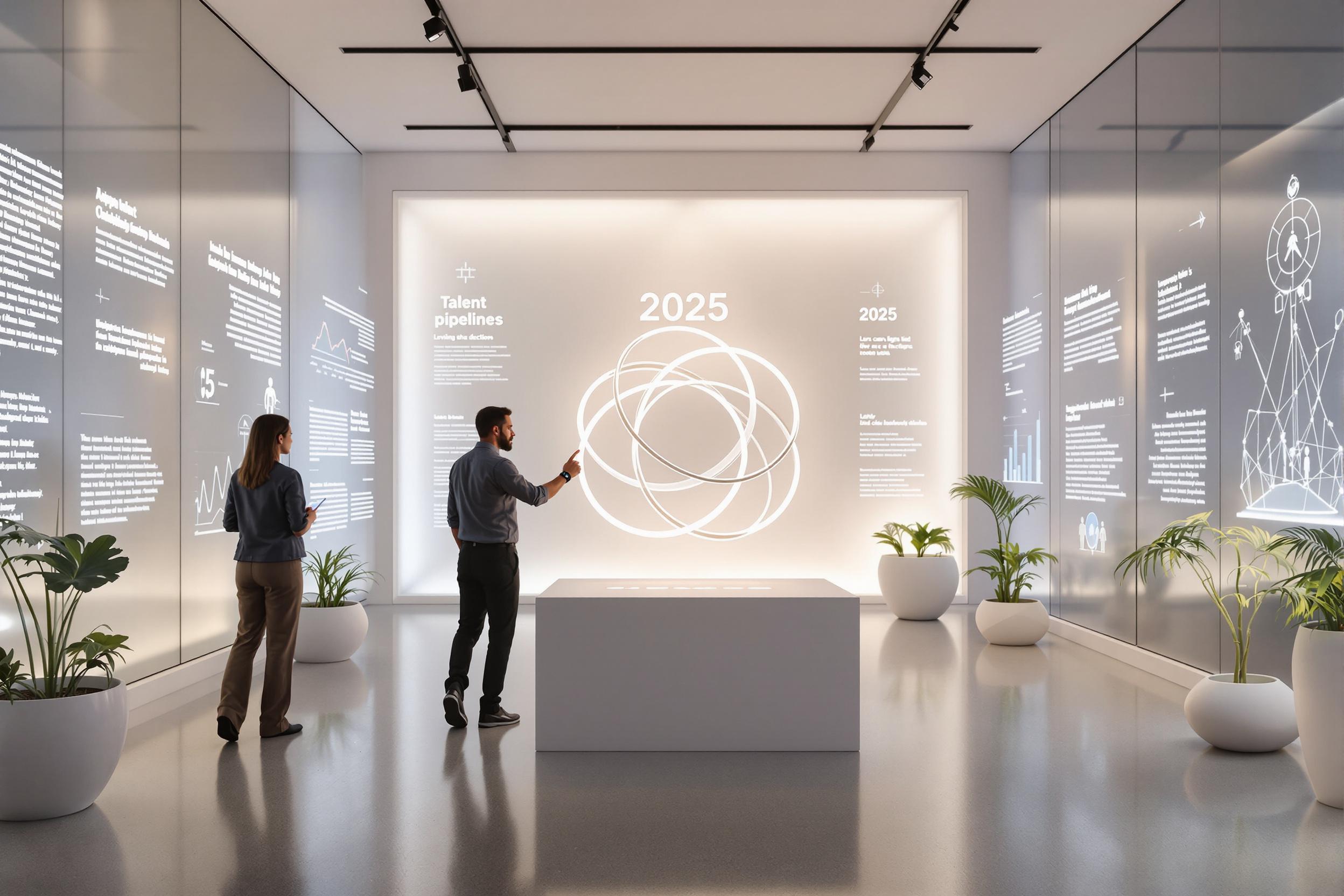
Fashion Forecasting
Fashion Forecasting is the practice of predicting future trends in clothing, accessories, colors, and styles that will be popular with consumers. Fashion forecasters study cultural events, social changes, consumer behavior, and market data to help fashion brands and retailers decide what to design, produce, and stock in stores. Think of it like being a fashion detective who helps companies make smart decisions about what products will sell well in the future. Some similar terms include trend prediction, trend analysis, or fashion trend research. This role is crucial because it helps companies avoid making products that won't sell and focuses their efforts on designs that customers will want to buy.
Examples in Resumes
Created seasonal trend reports using Fashion Forecasting techniques that influenced $2M in buying decisions
Utilized Fashion Forecasting and Trend Analysis to guide design team decisions for upcoming collections
Led Fashion Forecasting presentations for major retail clients to inform their purchasing strategies
Typical job title: "Fashion Forecasters"
Also try searching for:
Where to Find Fashion Forecasters
Professional Organizations
Job Boards
Industry Networks
Example Interview Questions
Senior Level Questions
Q: How do you validate your trend predictions and measure their success?
Expected Answer: A senior forecaster should discuss their methods of tracking prediction accuracy through sales data, market response, and competitive analysis. They should mention how they adjust future predictions based on past performance and maintain databases of trend success rates.
Q: How do you balance creative trend prediction with commercial viability?
Expected Answer: Should explain how they consider both innovative designs and practical market demands, using examples of successfully bridging artistic trends with commercial success, and how they adapt global trends for specific market segments.
Mid Level Questions
Q: What sources do you use to identify emerging trends?
Expected Answer: Should mention multiple sources like social media, street style, fashion shows, cultural events, and market research data. Should explain how they combine these sources to form comprehensive trend predictions.
Q: How do you create an effective trend report?
Expected Answer: Should describe the process of gathering data, analyzing patterns, creating visual presentations, and explaining how trends connect to target market preferences and buying habits.
Junior Level Questions
Q: What's the difference between a fad and a trend?
Expected Answer: Should explain that fads are short-term popular items that quickly fade, while trends are longer-lasting changes in consumer preferences that often reflect deeper social changes.
Q: How do you stay current with fashion trends?
Expected Answer: Should discuss following fashion publications, social media influencers, attending industry events, and monitoring street style and popular culture.
Experience Level Indicators
Junior (0-2 years)
- Basic trend research and analysis
- Knowledge of fashion terminology
- Social media trend monitoring
- Basic report writing
Mid (2-5 years)
- Trend report creation
- Market analysis
- Client presentations
- Competitive research
Senior (5+ years)
- Strategic trend planning
- Team leadership
- Budget forecasting
- International market analysis
Red Flags to Watch For
- No knowledge of current fashion trends or recent industry changes
- Inability to explain how trends relate to consumer behavior
- Lack of experience with trend research tools and resources
- Poor understanding of retail seasons and buying cycles
Related Terms
Need more hiring wisdom? Check these out...

What Is Predictive Analytics in Recruitment and How Can It Help?

Top Recruitment Trends in 2025 (And How to Prepare for Them)

Future-Proof Your Workforce: Embracing Lifelong Learning

